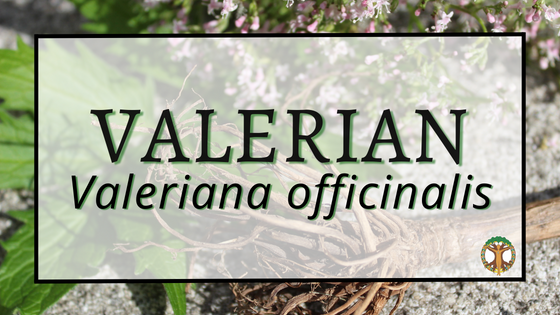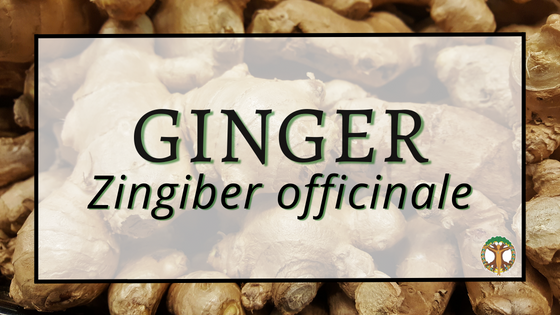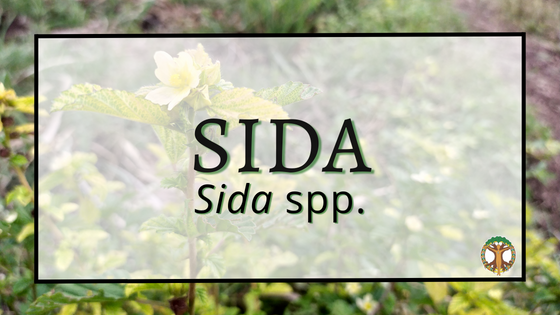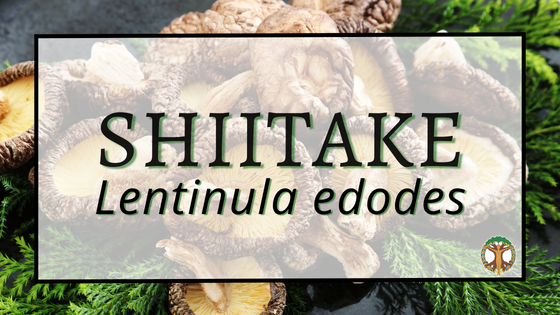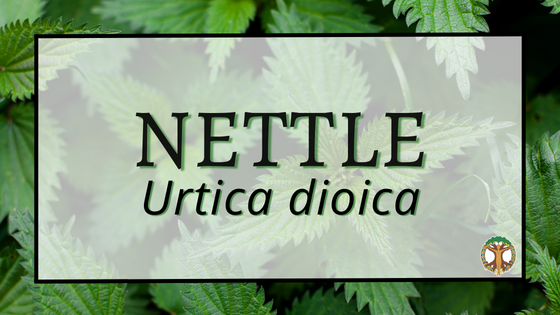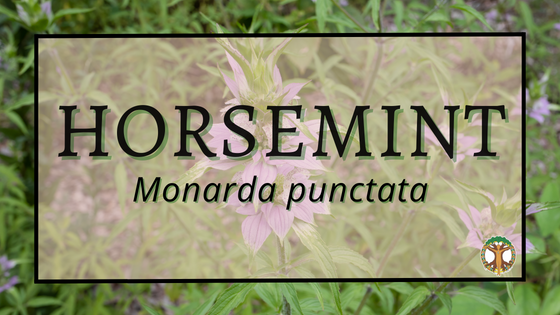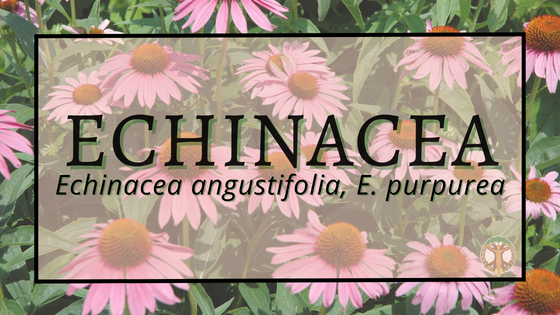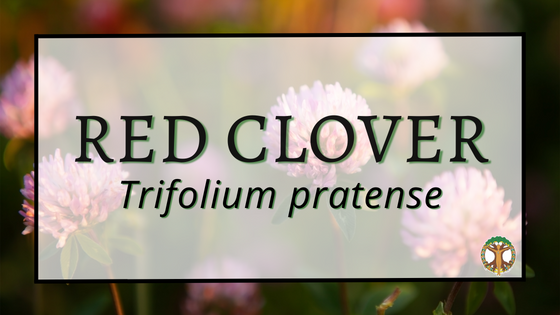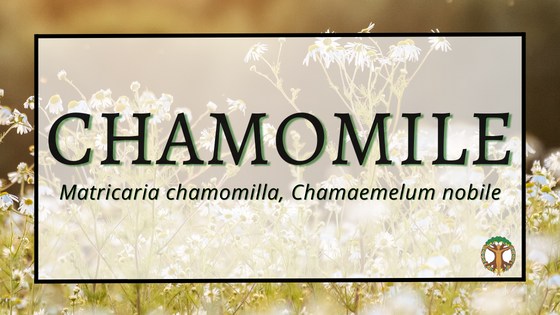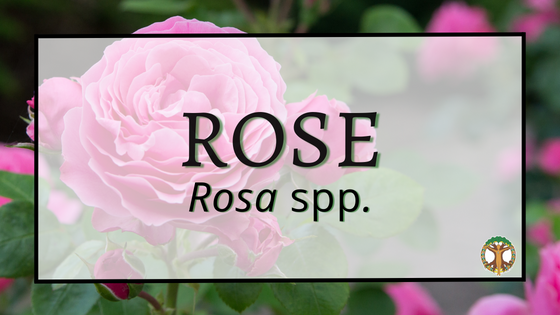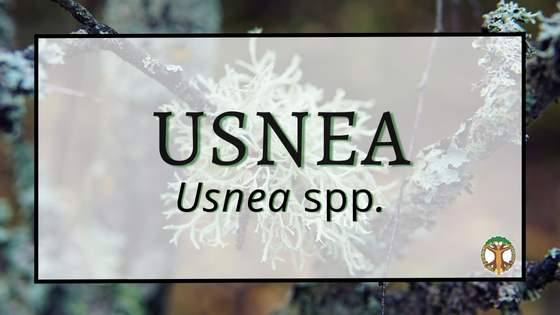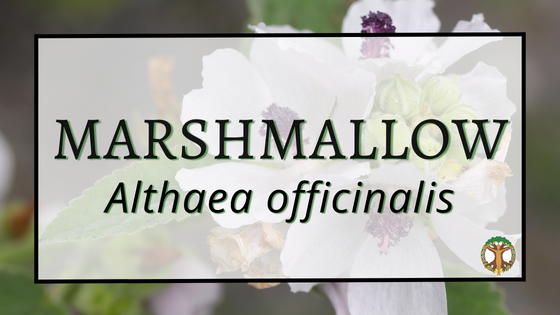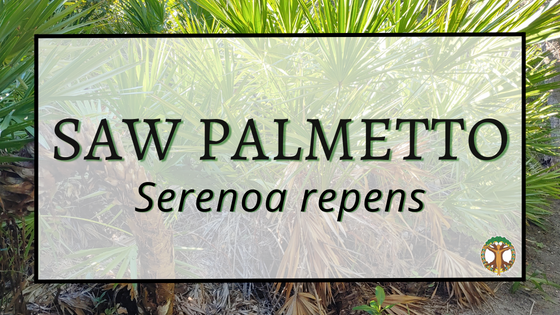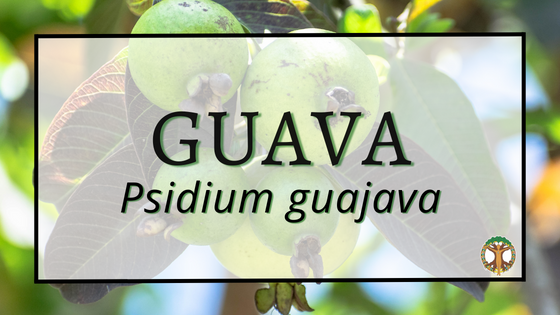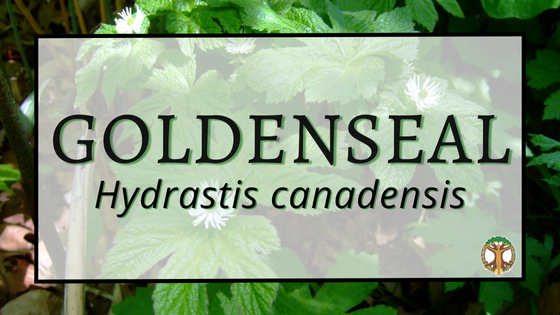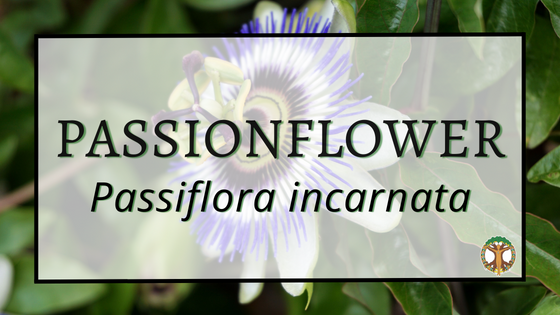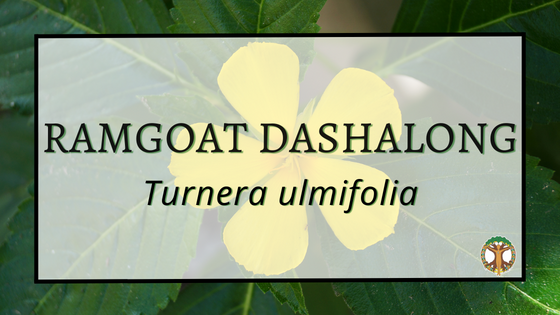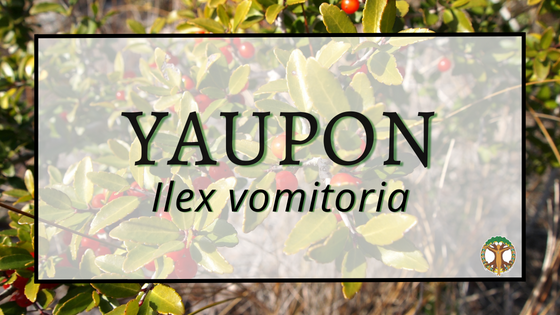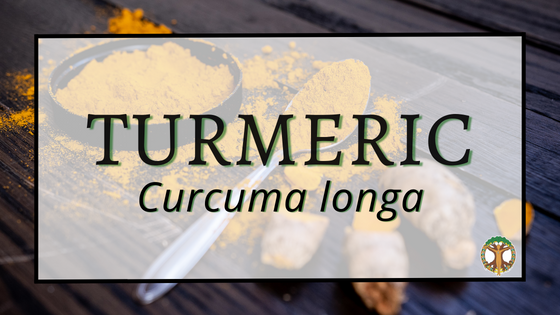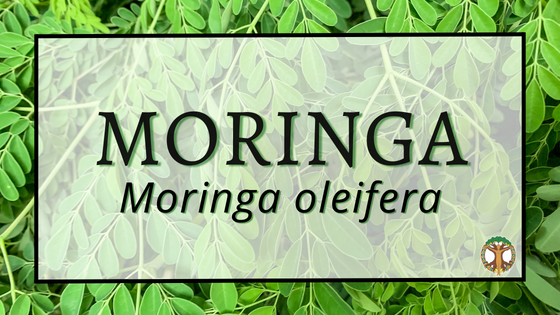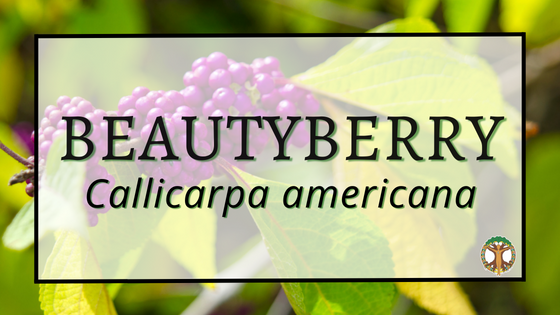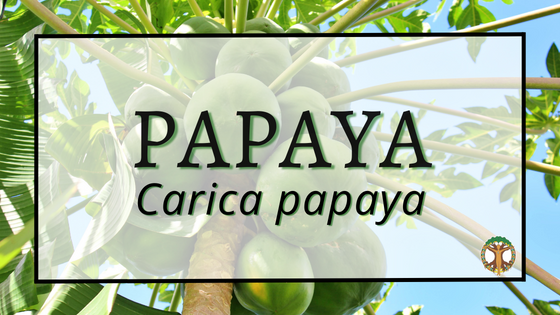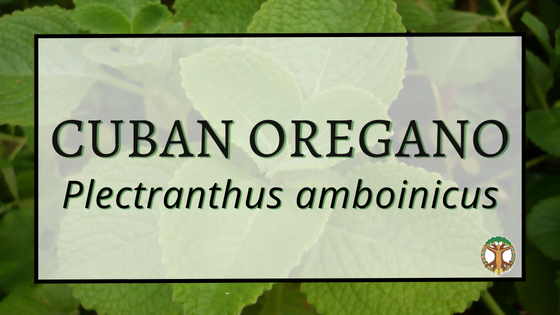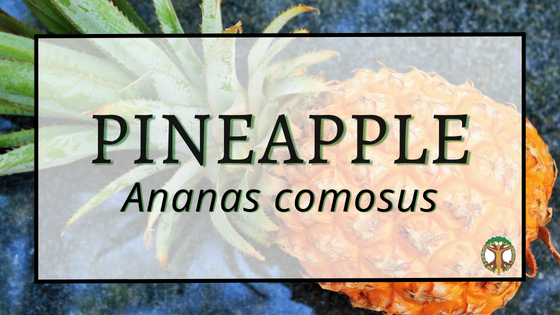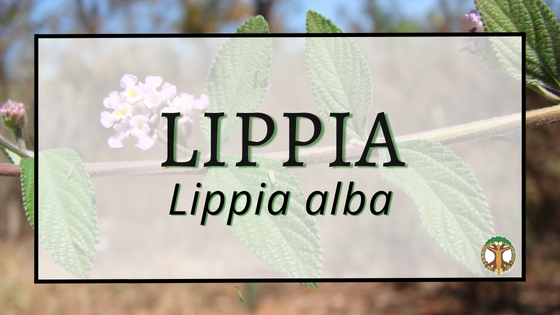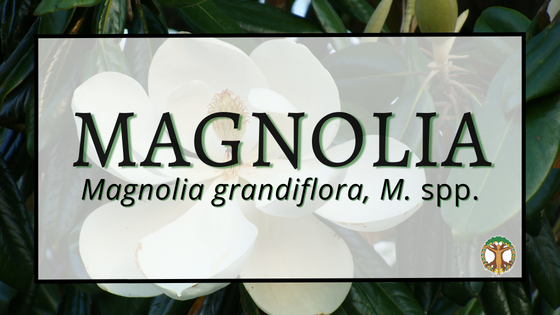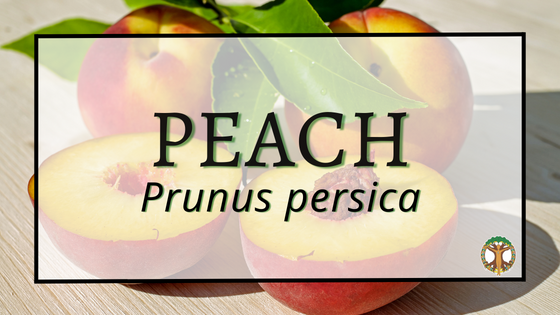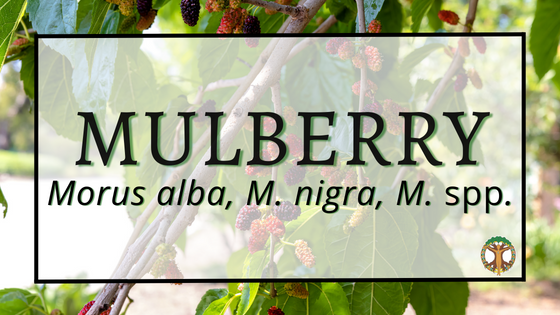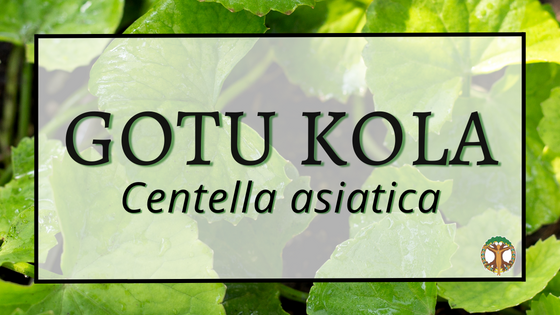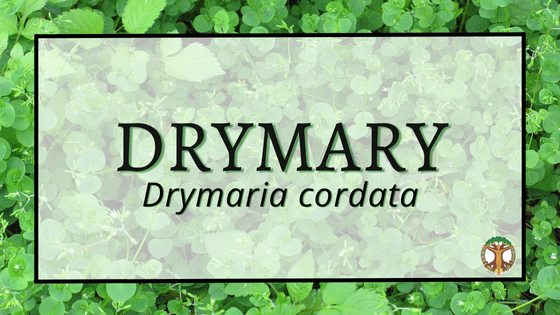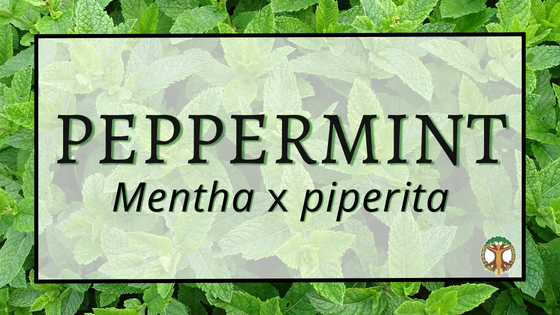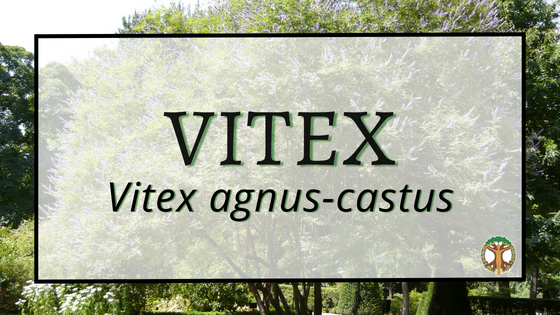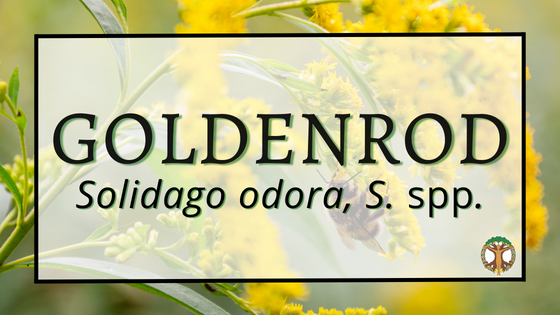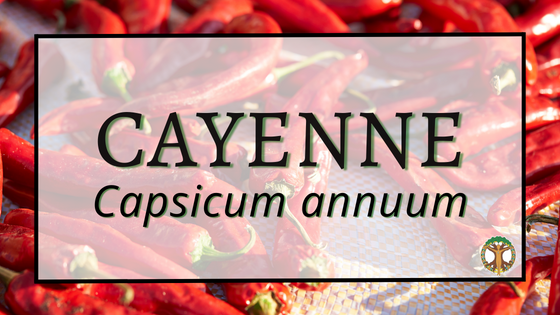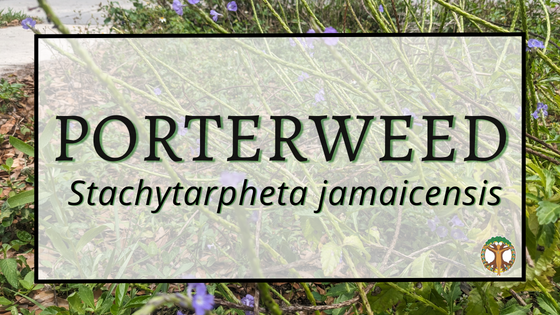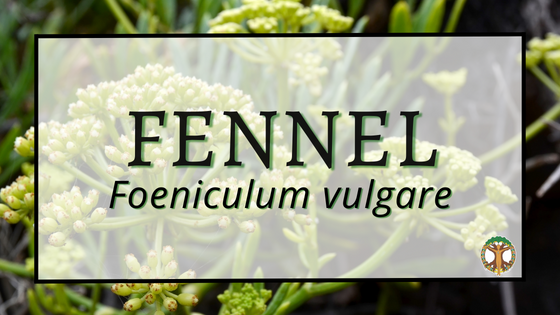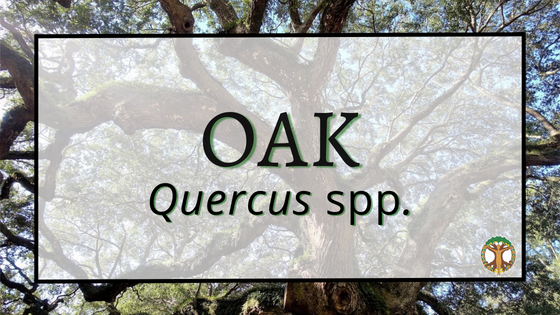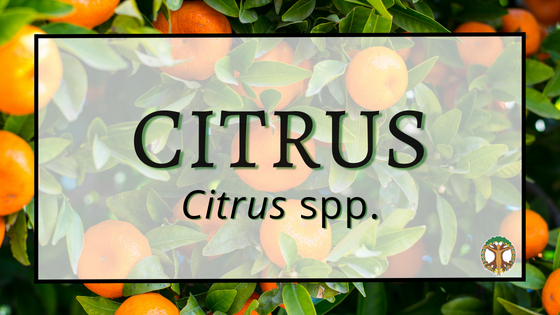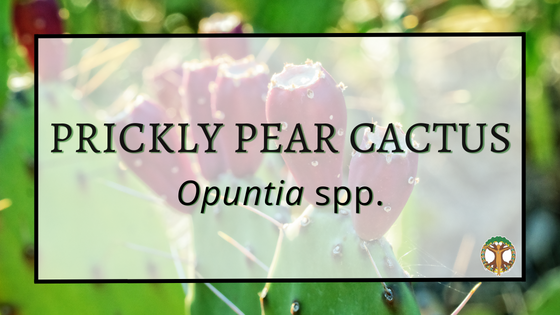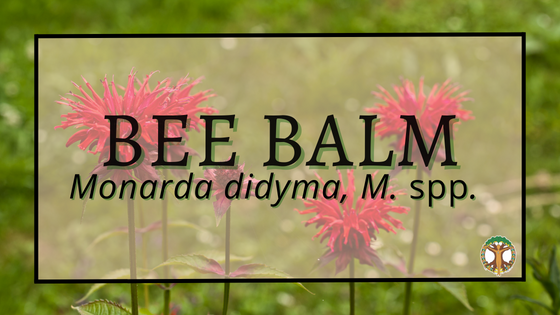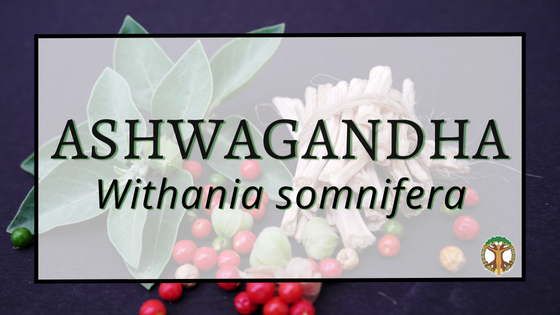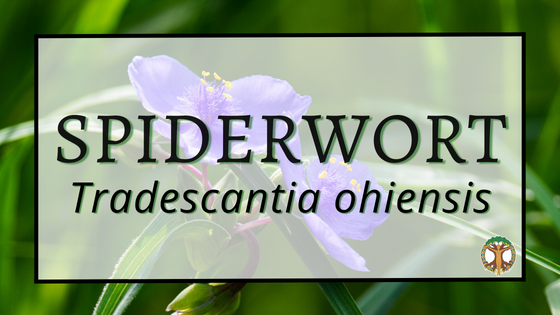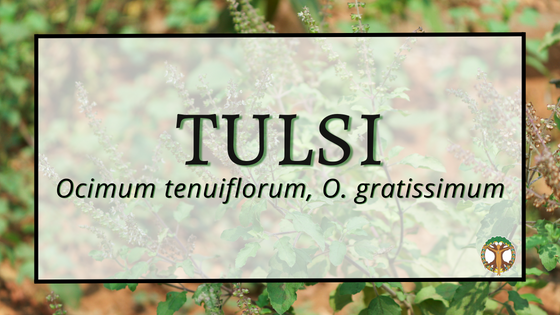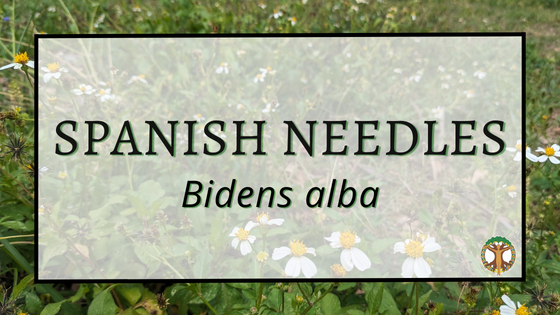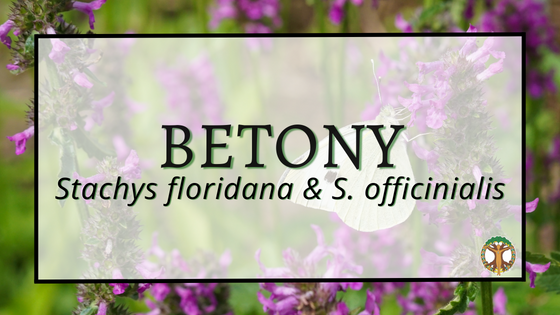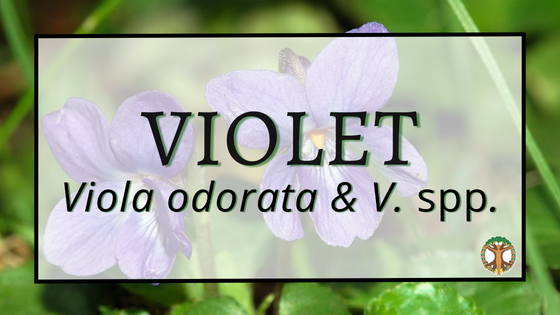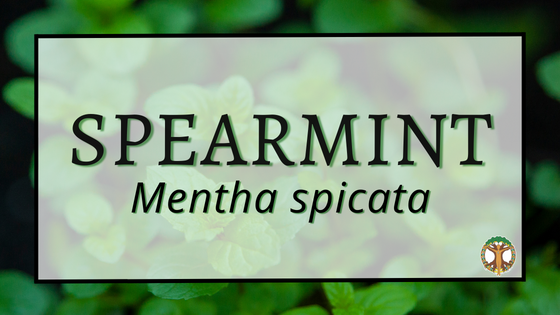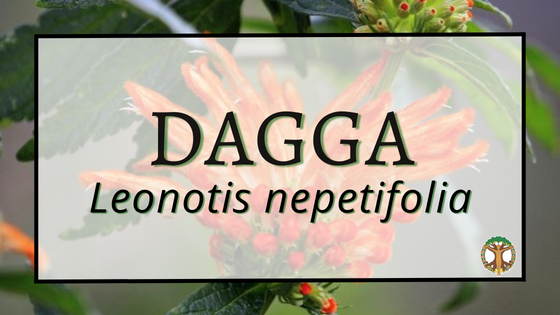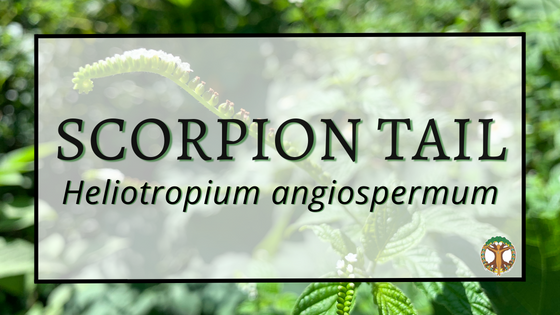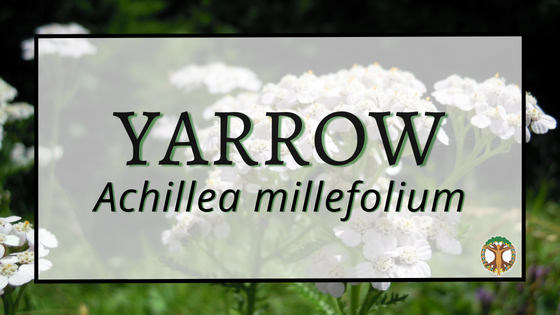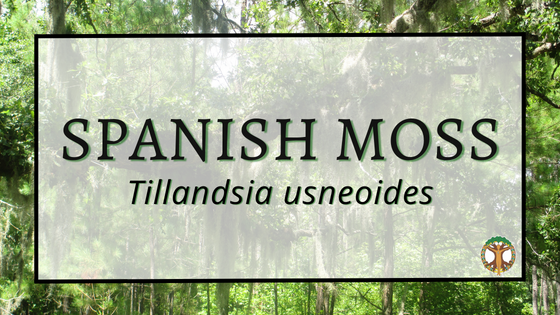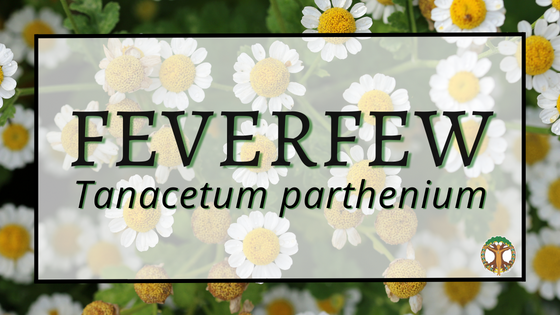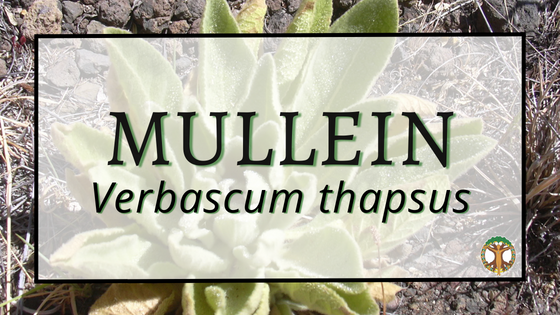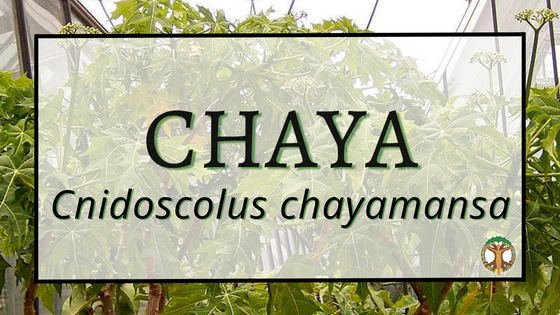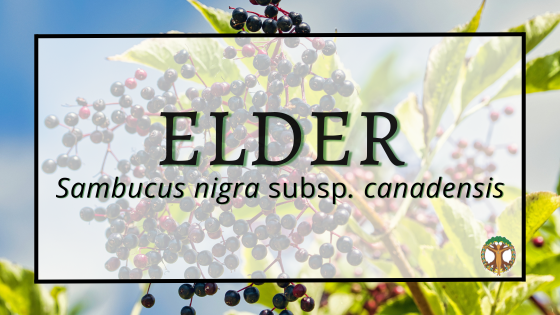Plant Profile Library
Valerian
Common Name: valerian, garden heliotrope, garden valerian, vandal root Latin Name: Valeriana officinalis, derived from the Latin word valere, meaning “to be well” or “to be strong” Family: Valerianaceae Habitat: Native to Europe and Western Asia but grows easily in much of North America. Grows well in partial to full sun, prefers rich soil and…
Ginger
Ginger can be a tonic for the heart. In traditional Chinese, Indonesian and Ayurvedic medicine, ginger has been used to treat a variety of cardiovascular conditions.
Sida
Botanical name: Sida rhombifolia, Sida ulmifolia, Sida acuta*, Sida cordifolia Family: Malvaceae Common name: Broomweed, wireweed, teaweed, fanpetals, Cuban jute, Indian hemp, bala (* A note on S.acuta vs. S.ulmifolia – “ Although S. acuta has often been applied to Florida material, Krapovickas (2003) restricted the use of S. acuta to plants with a glabrous…
Shiitake
by Lex Barnard Common Names Shiitake, Shiitake Mushroom, Black Forest Mushroom, Chinese Black Mushroom, Donko (dōnggū) aka “winter mushroom”, xiang gu aka “flower mushroom”, bai hua gu Latin Name: Lentinula edodes Family: Omphalotaceae Habitat: Native to east Asia, largely China and Japan, as well as in warm and moist climates. Shiitake grows on decaying broadleaf…
Nettle
Indigenous and folk uses include picking the plant with bare hands or “whipping” the nettles on a pain point, also known as urtication, for a direct and quick remedy for joint pain.
Garlic
Celebrated for its herbal healing properties, garlic’s intense aroma and reputation precedes it. Worshipped, revered, and despised worldwide and cross-culturally for its curative, protective, stamina-boosting, and magical powers, garlic is one of the most flavorful and popular culinary spices around the world.
Horsemint
Monarda punctata is an upright, tall, sprawling perennial that grows wild throughout Florida.
Echinacea
Echinacea is a perennial plant that grows to 4 ft. with upright stems and purple to pink flowers that are daisy-like.
Red Clover
This perennial herb grows to 16 in. high. It has hairy upright stems, leaves with 3 (sometimes 4) oval leaflets with a white crescent marking, and pink or purple egg-shaped flowerheads.
Chamomile
Chamomile’s common name, earth apple, refers to the sudden and enticing smell that arises when the flowers of this plant are crushed beneath your feet.
Rose
Several different species can be used, like R. damascena, R. canina, R. rugosa, R. virginiana, R. multiflora, R. gallica, R. centifolia, R. palustris, R. spinosissima, and a few others. It’s important to note that not all garden variety roses can be used, so be sure to verify your rose species before adding them to your herbal collection.
Usnea
Usnea’s nickname, “lungs of the forest,” comes from its sponge-like action to absorb airborne particulates. However, this means that it’s susceptible to over-pollution. In fact, it’s believed that when lichens like Usnea disappear, it’s a warning that the air quality in the area is harmful.
Marshmallow
Historically, marshmallow has been used in a syrup and tea to treat upper respiratory irritation, cough, and sore throat.
Saw Palmetto
The Florida School of Holistic Living’s plant of the month for September 2022. Latin name: Serenoa repens, Uses: Berries!
Guava
The guava fruit has a rich history with the indigenous people of the South American rainforest and may have been domesticated in Peru several thousand years ago.
Spilanthes
The Florida School of Holistic Living’s plant of the month for July 2022.
Goldenseal
Hydrastis candensis of the Ranunclulaceae family. Otherwise known as goldenseal, eyebalm, eyeroot, and yellow puccoon is happiest in rich, open, and hilly woods. It is native to southeastern Canada and the eastern United States.
Dandelion
Dandelions are, perhaps, most recognized by their seed heads. Those beautiful puffs that children (and many many adults) can’t resist pulling from the ground to blow into the wind.
Passionflower
This perennial herbaceous climbing vine is native to Central Florida and the southeast United States—found growing mostly from Texas to Florida. It grows easily by cutting and is happy in sandy Florida soil, sunshine, and rain.
Ramgoat Dashalong
Latin Name: Turnera ulmifolia Common Name: Yellow Alder, Yellow Elder, Ramgoat Dashalong, West Indian Holly, Sage Rose Family: Passifloraceae Habitat: T. ulmifolia is a small woody shrub native to Mexico, Central America, and the Caribbean basin that can also be found in many tropical parts of the world. It grows in partial sun/shade. However, the…
Yaupon
Contributed by Maggie O’Halloran Common Names Yaupon Holly, Yaupon, Cassina Latin Name Ilex vomitoria Family Aquifoliaceae (Holly Family) HabitatLike many other hollies, yaupon holly is an evergreen shrub or tree that is loved for the colorful berries it produces on the female plants. Native to the land now called the United States this bushy…
Turmeric
Contributed by Maggie O’Halloran Common Names Turmeric, yellow root (more…)
Moringa
For thousands of years, moringa leaf has been a source of nutrition. It has been known as the most useful and nutrient-rich plant yet discovered.
Beautyberry
American Beautyberry is a native deciduous shrub of the Southern United States which is often grown as an ornamental.
Papaya
The papaya was brought to Brazil where the Portuguese saw a resemblance in the shape of the fruit to a woman’s breast so they called it mamão.
Cuban Oregano
Cuban Oregano is used for respiratory issues like bronchitis, allergies, asthma, colds, and coughs.
Pineapple
Plant of Month profile contributed by Jessica Grandey Common NamesPineapple, Pine Apple, Piña(Spanish,) Ananas(Dutch, French, Hindi) Abacaxi (Portuguese,) Nanas (Southern Asia and East Indies,Tupi) Bahunetra (Sanskrit) (more…)
Lippia
Lippia is used as a prominent remedy. Leaves are used as an infusion against states of excitement, hypertension, digestive troubles, nausea and cold, to heal wounds locally and as syrup against cough and bronchitis.
Magnolia
Magnolia is a symbol of perseverance, endurance and long life because of the tough thick flowers and the long life of the trees which can survive over a hundred years.
Peach
Peach is an old European folk remedy that was adopted by the Indigenous people as a food and medicine when European settlers brought it to the New World.
Mulberry
Native to China and is grown all around the world. It is a perennial bush or tree herb with heart-shaped leaves that can be found in urban areas as an ornamental and can be found across the world wherever there are silkworms.
Gotu Kola
Gotu Kola is the most noted herb used for brain function in Ayurvedic medicine. For thousands of years, it has been used in Asia for food and medicine.
Drymary
Known as a tonic herb, leaves usually used raw or dried have a tender, mild flavor.
Peppermint
Common Names: Peppermint, Brandy mint, American mint, lamb mint, lammint Latin name: Mentha x piperita Family: Lamiaceae (more…)
Hibiscus
The calyces of hibiscus are rich in Vitamin C, and have a history of medicinal use to reduce blood pressure, alleviate symptoms of heat exhaustion, and support the immune system. Plus, the tart and tangy flavor makes a great addition to other herbal infusions to make them more palatable.
Vitex
Common Names: Vitex, Chaste tree, Chasteberry, Monk’s Pepper Latin name: Vitex agnus-castus Family: Lamiaceae (more…)
Goldenrod
Goldenrod has been and continues to be used by the First Peoples of North America for generations. Much of what we know about the medicinal actions of this plant come from their generous teachings.
Cayenne
Capsicum peppers are from the western hemisphere where they have been used for thousands of years. The word Capsicum derives from the Greek word kapto meaning “to bite.”
Porterweed
Latin name: Stachytarpheta jamaicensis – Verbenaceae Common name: Porterweed, snake weed, blue porterweed, Jamaican vervain, worryvine, Brazilian tea (more…)
Pine
Common name: PineLatin name: Pinus spp. (Pinus elliottii – slash pine, Pinus palustris – longleaf pine, Pinus clausa – sand pine, Pinus echinata – shortleaf pine, Pinus taeda – loblolly pine, Pinus serotina – pond pine, Pinus glabra – spruce pine) Family: Pinaceae (more…)
Fennel
A delicious addition to an otherwise unflavorful herbal formula, fennel shines as a tea and culinary spice. This sweet anise like seed can also be prepared as a tincture in your preferred menstruum, just be sure to lightly crush the seeds first.
Calendula
This sticky, golden, aster is well known as an all-star skin remedy. The resinous flowers are cooling and soothing topically, as well as internally.
Plantain
March – Plantain Plantago lanceolata By Rasbak – Own work, CC BY-SA 3.0, https://commons.wikimedia.org/w/index.php?curid=210597 Latin name: Plantago major, Plantago lanceolata,Plantago virginica Family: Plantaginaceae Common name: Plantain https://youtu.be/OHcNNdrTCr4 The leaves of Plantago major and Plantago lanceolata, commonly known as plantain, are an essential component of any herbal medicine cabinet and first aid kit. Originating in Europe…
Oak
We see many different species of oak in Central Florida, but perhaps the most striking is the Southern Live Oak, or Quercus virginiana. This species of oak has both a deep taproot and a wide-spreading root system to support its heavy, sprawling branches that often dramatically curve towards the ground and up again.
Citrus
Many of the common citrus fruits we know and love are not only delicious but also beneficial for both their nutritional and medicinal properties.
Prickly Pear Cactus
December -Prickly Pear Cactus Latin name: Opuntia spp. Family name: Cactaceae Common name: Prickly pear, nopales, tuna, Indian fig, many different names by many cultures of people across the regions in which it grows Usage: The usage of the many Opuntia species is great and varied, from food and medicine to dye and water purification.…
Bee Balm
The Monarda genus is endemic to North America and contains about twenty species, many of which have a history of medicinal usage.
Ashwagandha
Ashwagandha root is an adaptogen and a nervine, helping our bodies respond to stress and easing us into a state of rejuvenating relaxation.
Spiderwort
Latin name: Tradescantia ohiensis – Commelinaceae Common name: Spiderwort, bluejacket, Ohio spiderwort, day flower, Widow’s Tears, Spider lily Varieties: T. ohiensis is most common throughout North and Central Florida, while T. hirsutiflora is found throughout the Panhandle. T. virginia is another common variety found outside of Florida and a popular search result when looking for…
Tulsi
June: Tulsi, Holy Basil Latin name: Ocimum gratissimum, O. tenuiflorum (previously O. sanctum), and O. africanum Family: Lamiaceae https://youtu.be/bqlqktqJsd4 Common name: Tulsi, holy basil, sacred basil Tropical tulsi: Vana (O. gratissimum), Krishna (O. tenuiflorum) Rama (O. tenuiflorum), African basil (O. gratissimum), clove basil (O. gratissimum) Temperate tulsi: (O. africanum) Usage: Within the Ocimum genus there…
Spanish needles
Latin name: Bidens alba – AsteraceaeCommon name: Spanish needle, beggarticks, shepherd’s needle, butterfly needle, pitchfork weed, ottrancedi, xian feng cao, gui zhen cao https://youtu.be/5REwfsDEOiU Uses: There are approximately 250 species within the genus Bidens. All occur within tropical and warm, temperate climates — roughly 7-8 of which grow in Florida. All-star of the genus — Bidens alba — is one…
Betony
FL betony is a perennial herb native to Florida whose range spans the Southeastern US.
Violet
https://youtu.be/cGDNeOBJEu4 March – Violet Latin name: Viola odorata, Viola affinis, Viola sororia, Viola tricolor, (and related species) – Family: Violaceae Common name: Violet, sweet violet, common blue violet, common wood violet, heartsease Usage: There are anywhere between 525 to 600 species within the Viola genus. Identification of species can be challenging,…
Spearmint
Latin name: Mentha spicata (aka M. viridis or M. sativa) Family: Lamiaceae Common name: Spearmint, garden mint Usage: There are hundreds of varieties of cultivars within the mint family, many of which are used for their pleasant taste and medicinal value. One such variety is spearmint; utilized for its stimulant, carminative, antimicrobial and antispasmodic properties,…
Dagga
Native to subtropical Africa, dagga does very well in our Central Florida climate. It has a sister, Leonotis leonurus, that looks very similar and is also heavily planted in Central Florida gardens.
Scorpion Tail
Scorpion Tail Latin name: Heliotropium angiospermum, Heliotropiaceae Common names: Scorpion-Tail, Heliotrope Growth: About 2 feet in height, native to the Central East Coast of Florida, and South Florida, as well as the Caribbean and Central America. In Central Florida Scorpion-Tail is a nice herbaceous garden plant, rarely becoming weedy. The scorpion most likely to…
Yarrow
Achillea millefolium Latin name: Achillea millefolium Family: Asteraceae Common names: Yarrow, Milfoil Growth: In Central Florida can be used as a ground cover, the bipinnate leaves grow low to the ground and appear almost fern like, differing from their growth habit in almost every other location. The composite flowers are showy and require partial to…
Spanish Moss
Latin Name: Tillandsia usneoides Family: Bromeliaceae Spanish moss is best known for its stunning accent to a wooded landscape, but it is neither moss, nor Spanish. Its species name “usneoides” means that it has an appearance like moss – though is not actually a moss, but rather an epiphytic bromeliad, with long threadlike festoons that can grow several feet in…
Feverfew
The feverfew herb has been used as an herbal remedy since Dioscorides in78 A.D. Feverfew was used to treat headaches, menstrual irregularities, stomachaches and all types of fevers.
Mullein
Mullein (Verbascum thapsus) is a prolific plant of European origin that grows abundantly in disturbed soils, roadsides, and meadows throughout most of the temperate United States. This biennial plant is most easily identified by its soft, fuzzy rosette of leaves – big furry leaves which are jokingly called “nature’s toilet paper.”
Chaya
Chaya is used throughout Central America as a food staple, especially in rural villages where land-based living is still the norm.
Elder
Elderberry is widely used as a cold and flu remedy due to its antiviral properties and ability to strengthen cell membranes preventing virus penetration.


